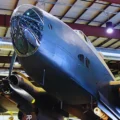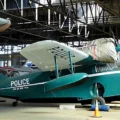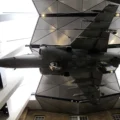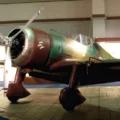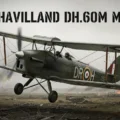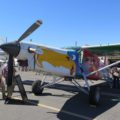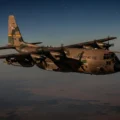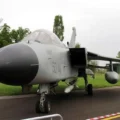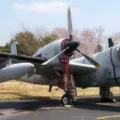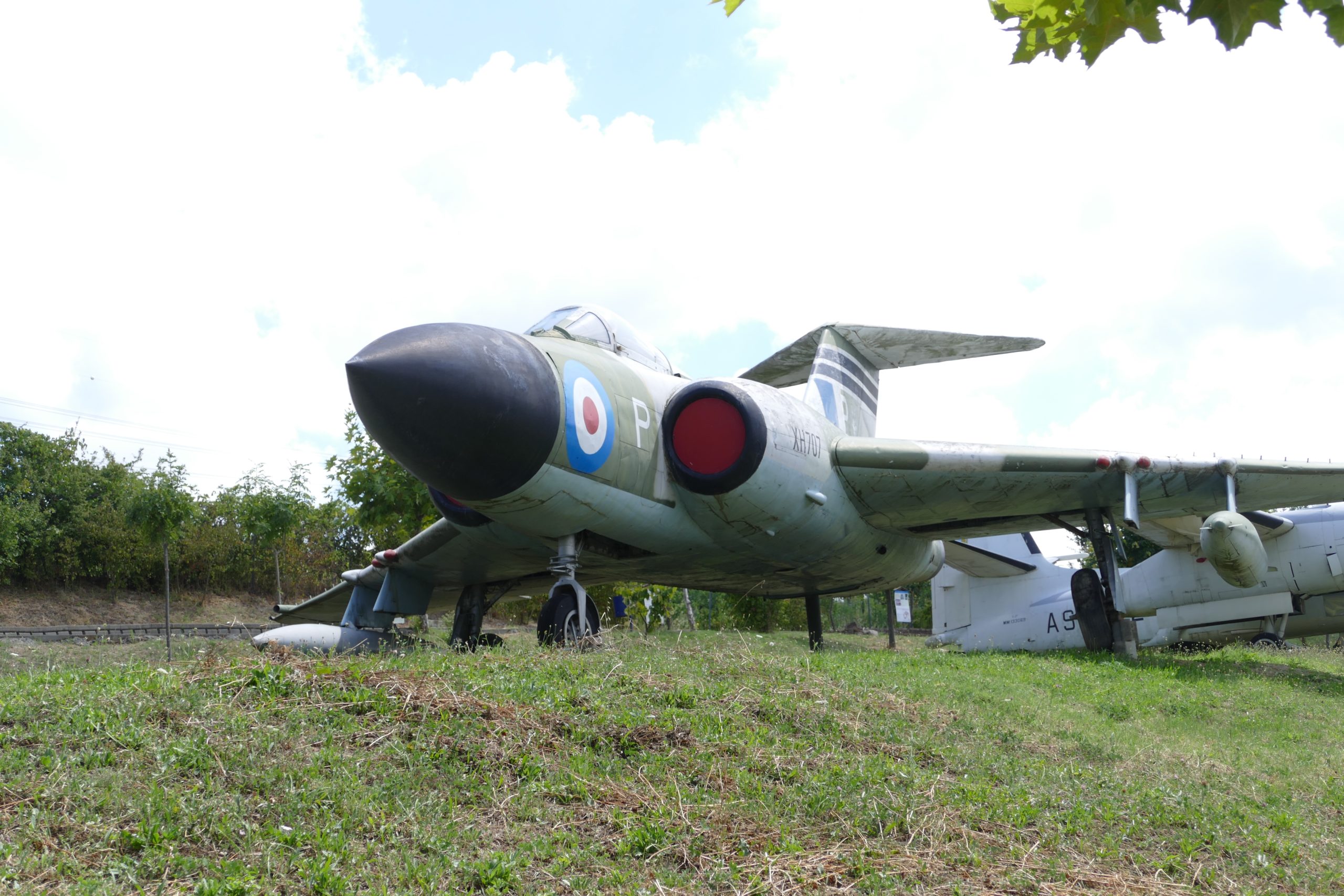
Gloster Javelin | |
|---|---|
| Country | UK |
| Role | All-weather fighter/interceptor |
| First flight | 26 November 1951 |
| Built | 436 |
The Gloster Javelin is a twin-engined T-tailed delta-wing subsonic night and all-weather interceptor aircraft that served with Britain’s Royal Air Force from the mid-1950s until the late 1960s. The last aircraft design to bear the Gloster name, it was introduced in 1956 after a lengthy development period and received several upgrades during its lifetime to its engines, radar and weapons, including support for the De Havilland Firestreak air-to-air missile. The Javelin was succeeded in the interceptor role by the English Electric Lightning, a supersonic aircraft capable of flying at more than double the Javelin’s top speed, which was introduced into the RAF only a few years later. The Javelin served for much of its life alongside the Lightning; the last Javelins were withdrawn from operational service in 1968 following the introduction of successively more capable versions of the Lightning.
Source: Gloster Javelin on Wikipedia
| Gloster Javelin FAW9 Walk Around | |
|---|---|
| Photographers | Cees Hendriks |
| Localisation | Unknow |
| Photos | 43 |
| Gloster Javelin FAW 7 Walk Around | |
|---|---|
| Photographers | Unknow |
| Localisation | Unknow |
| Photos | 18 |
| Gloster Javelin Mk.9 Walk Around | |
|---|---|
| Photographers | Unknow |
| Localisation | Unknow |
| Photos | 36 |
See also:
The Gloster Javelin was a twin-engined all-weather interceptor aircraft that served with Britain’s Royal Air Force in the late 1950s and most of the 1960s. It was a delta-winged design, the last aircraft to bear the Gloster name. The Javelin was developed to meet a specification for a high-altitude, high-speed fighter to counter the threat of Soviet bombers. It was equipped with radar and four 30 mm cannon, and could carry eight air-to-air missiles.
The Javelin had a distinctive T-tail and a large fin that gave it stability and control at supersonic speeds. The Javelin entered service in 1956 and was deployed in several RAF squadrons in Britain and overseas. It saw combat during the Malayan Emergency and the Indonesian Confrontation, where it proved effective in intercepting low-flying intruders. The Javelin was gradually replaced by the English Electric Lightning and the McDonnell Douglas F-4 Phantom II in the late 1960s. A total of 435 Javelins were built, of which 11 are preserved in museums.
Views : 3157


